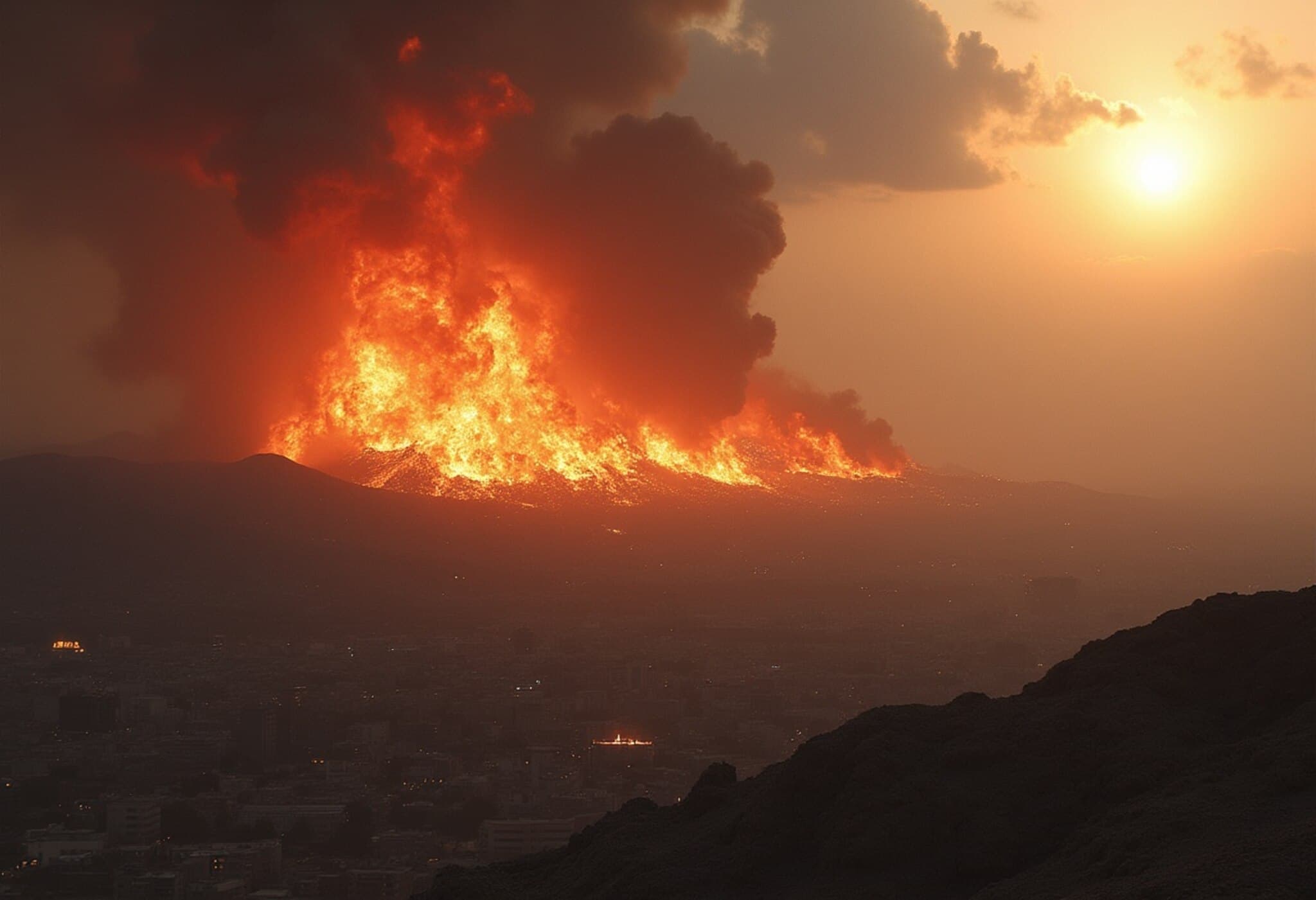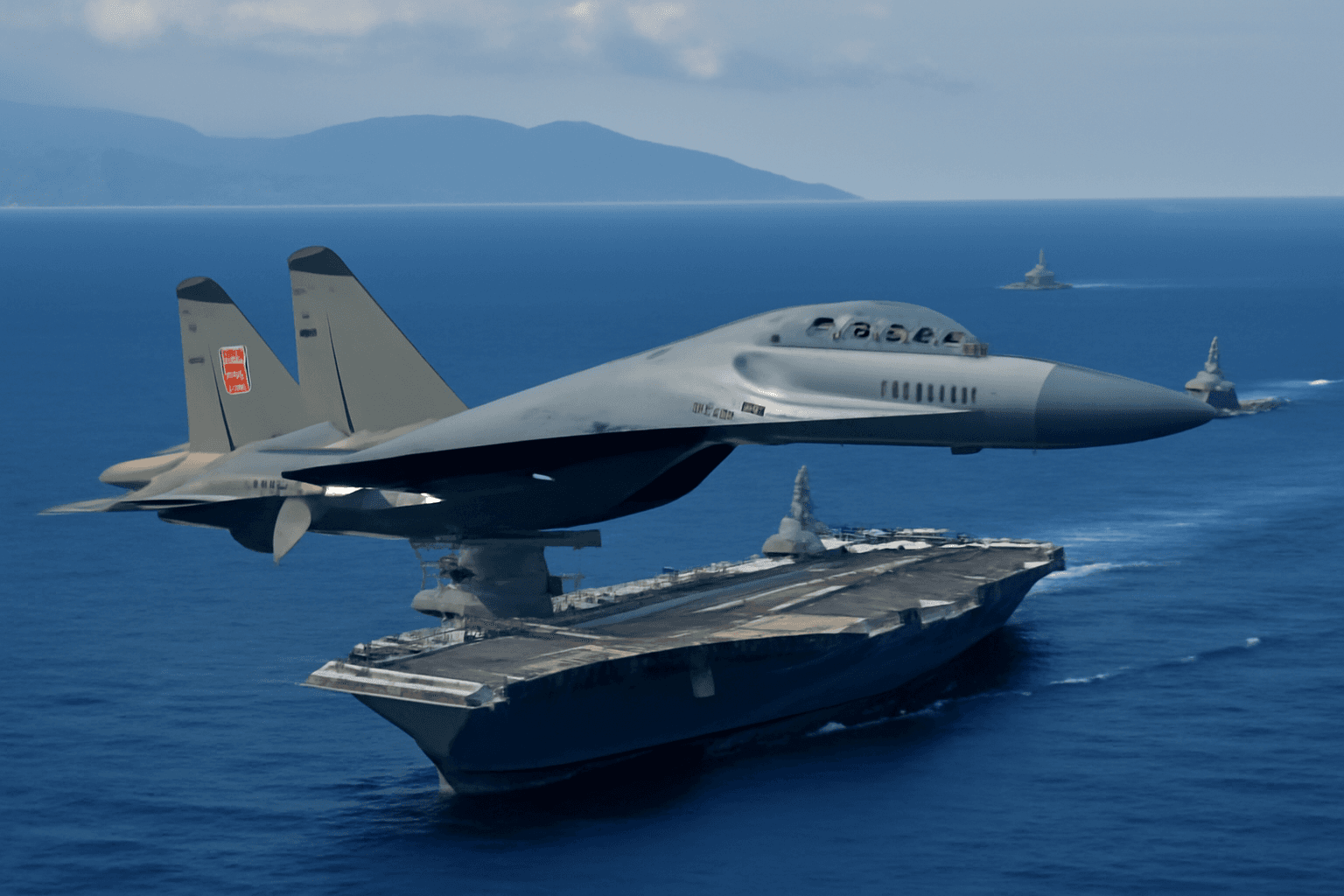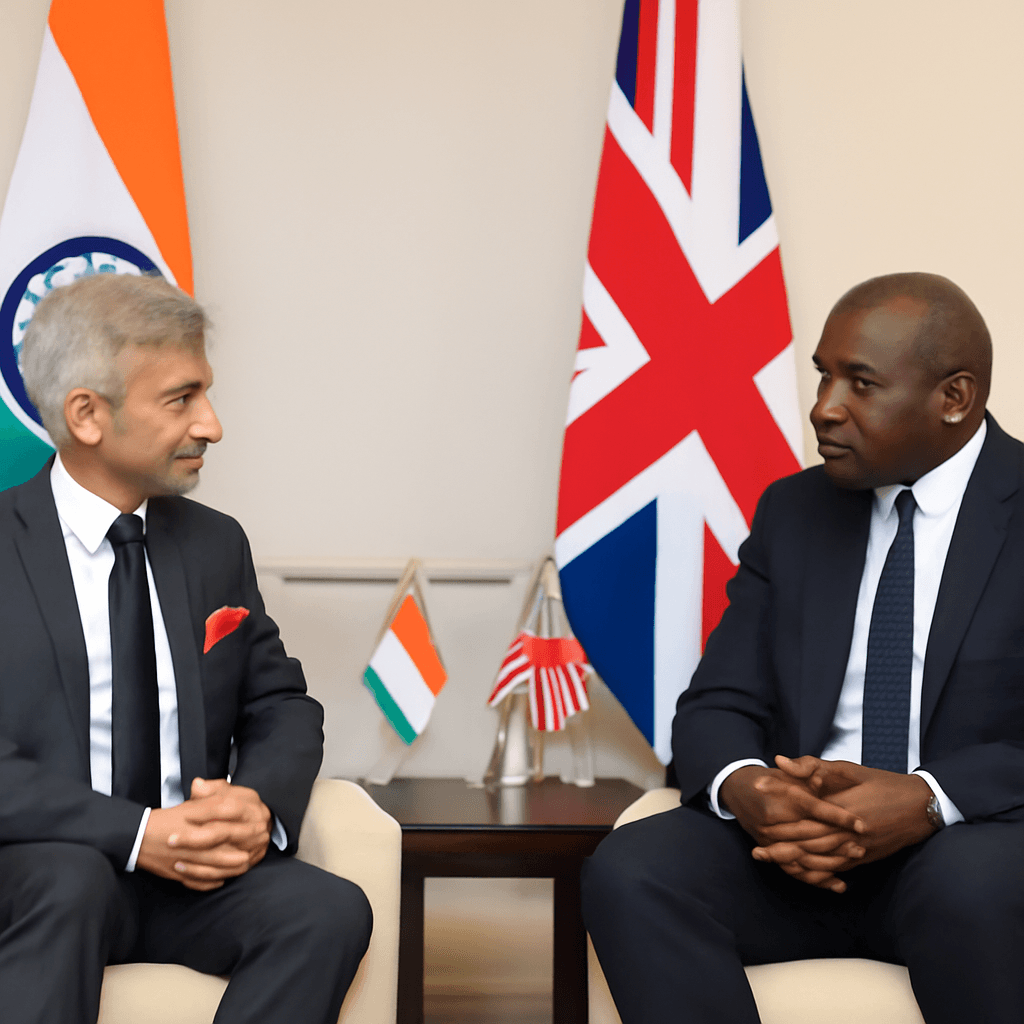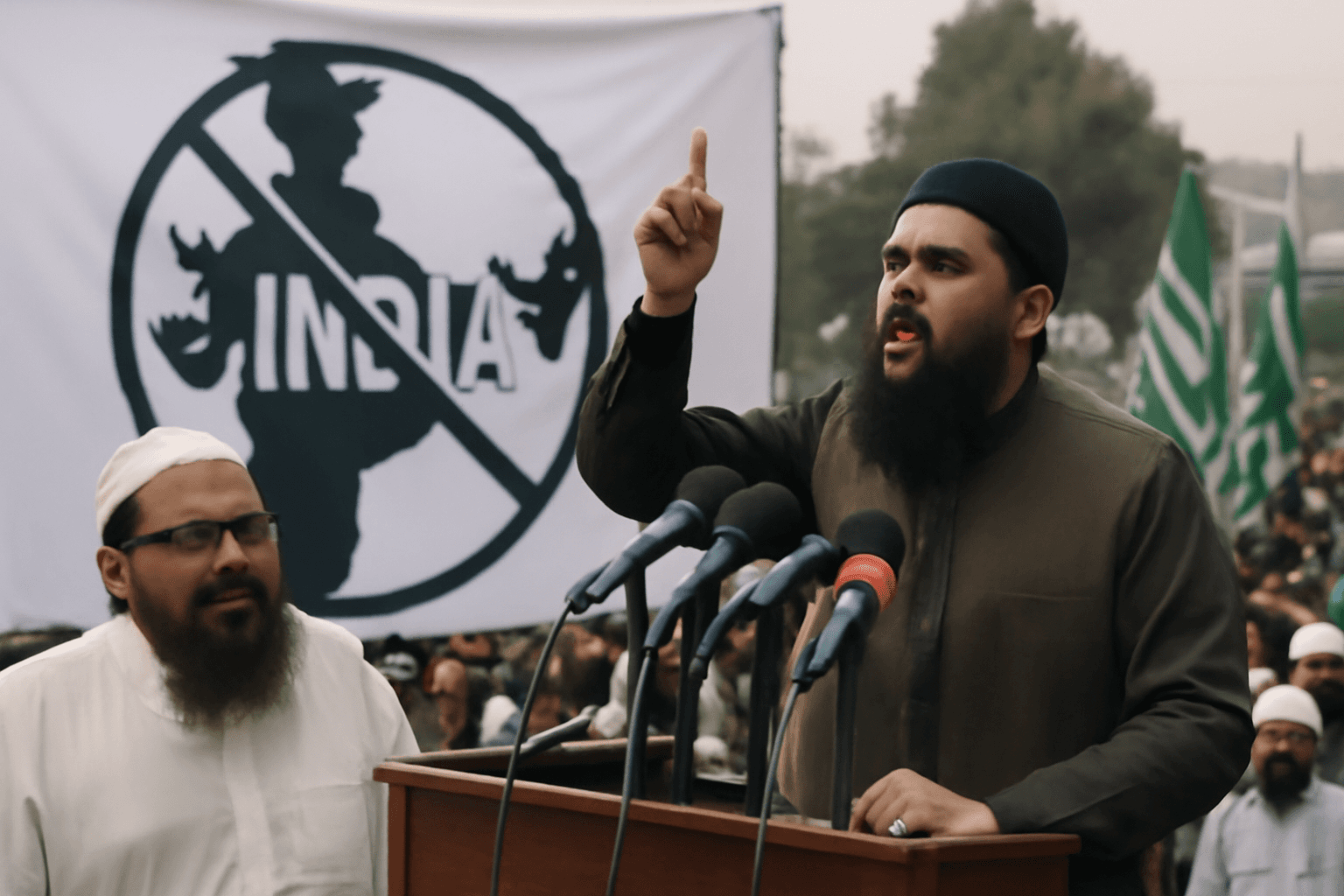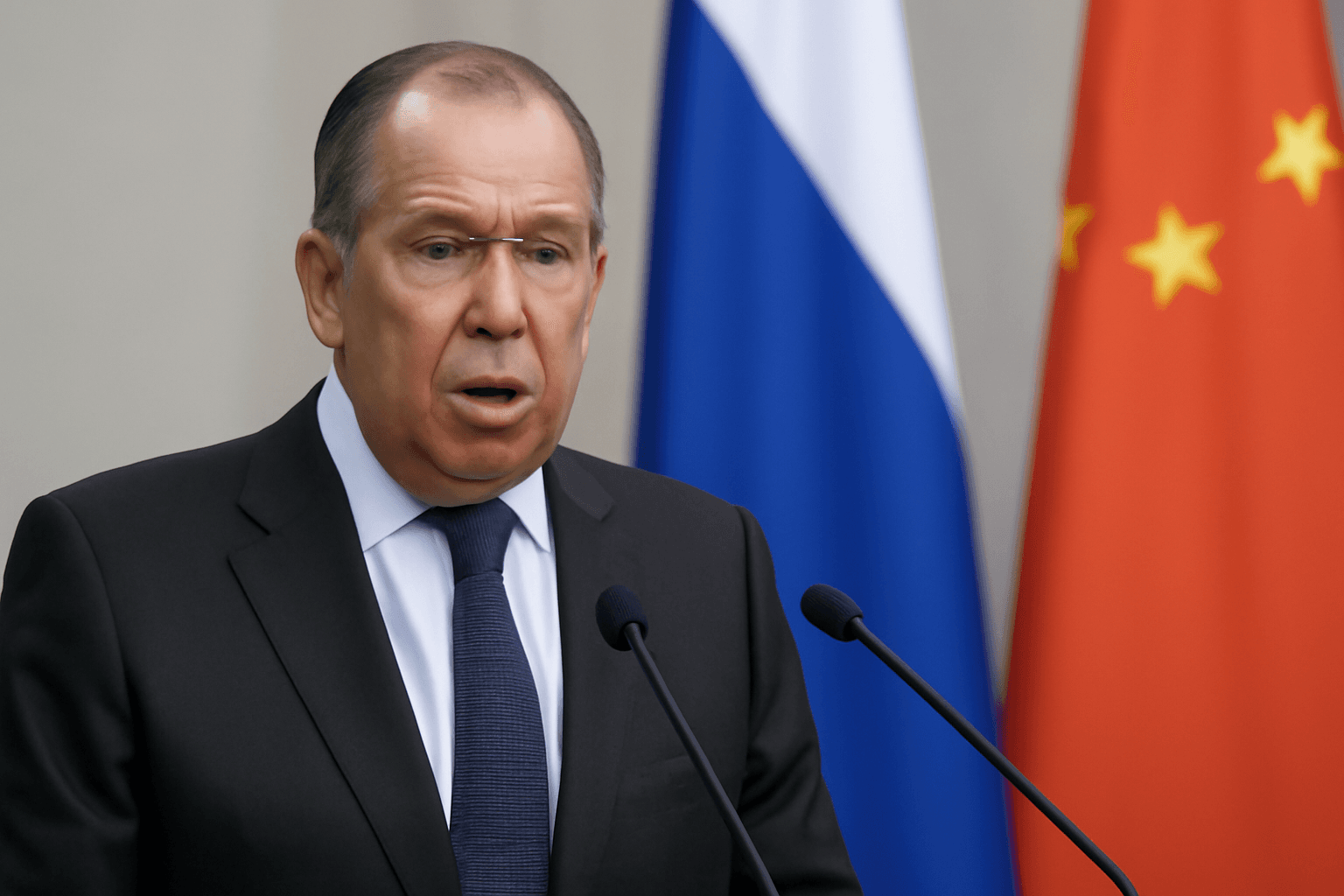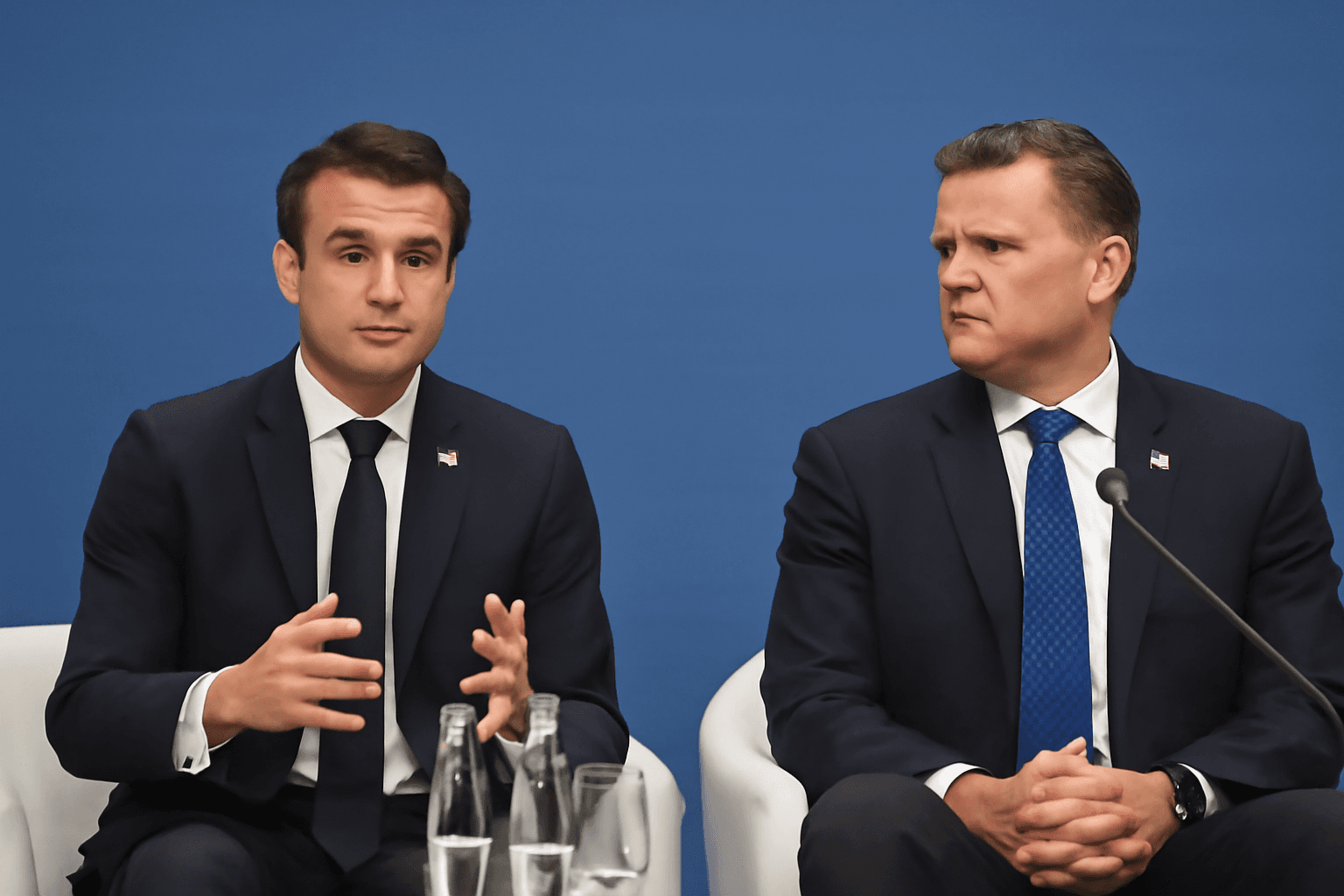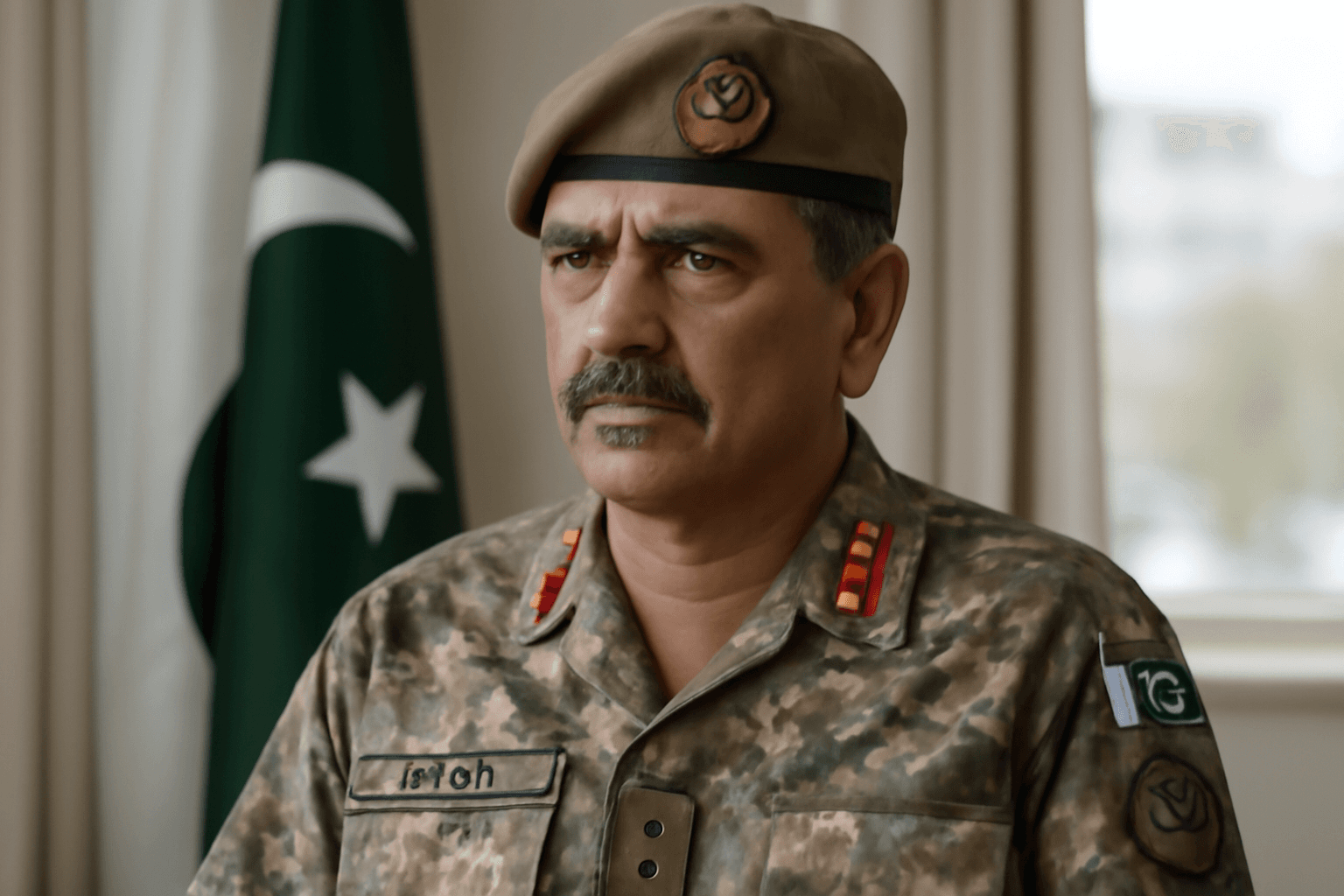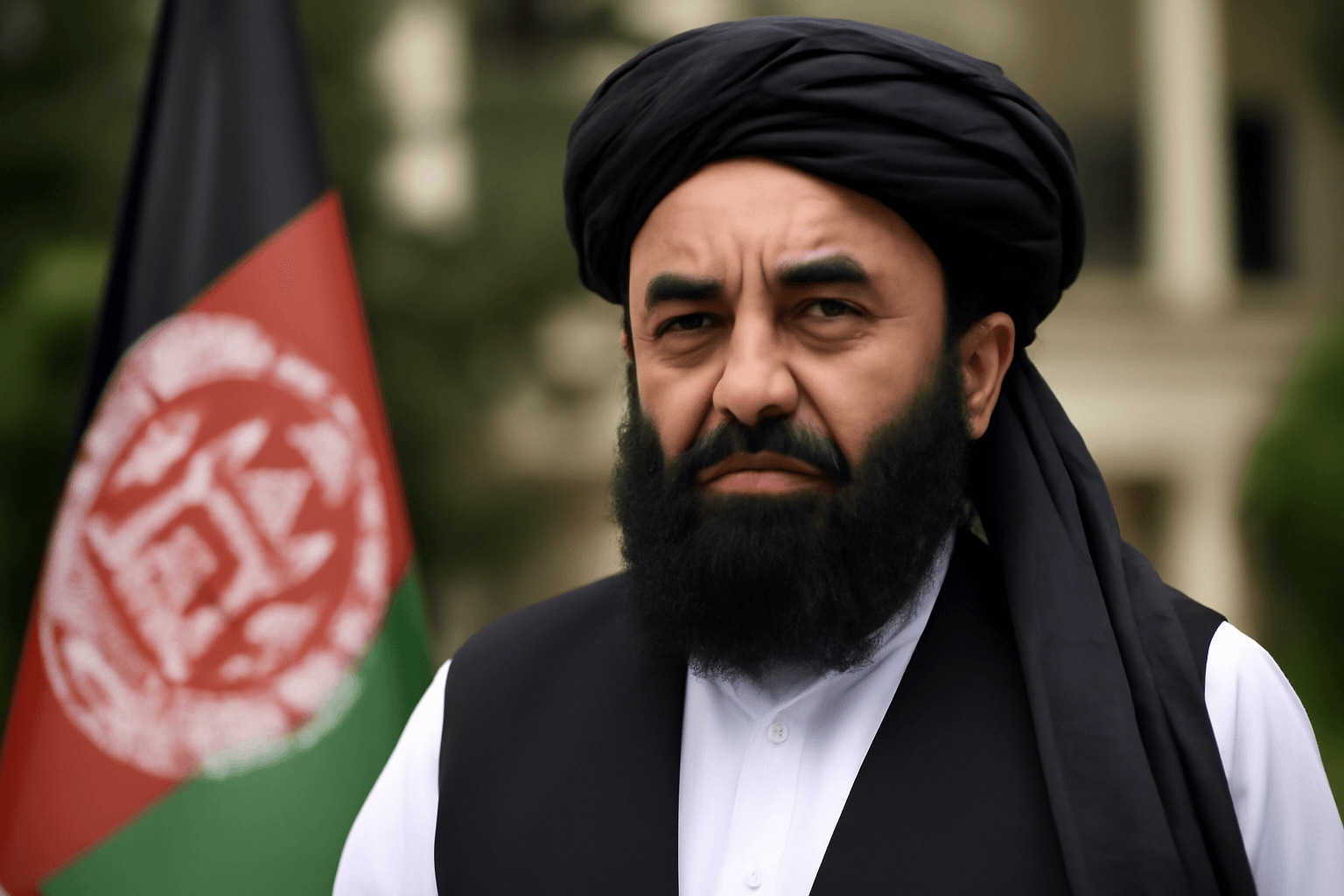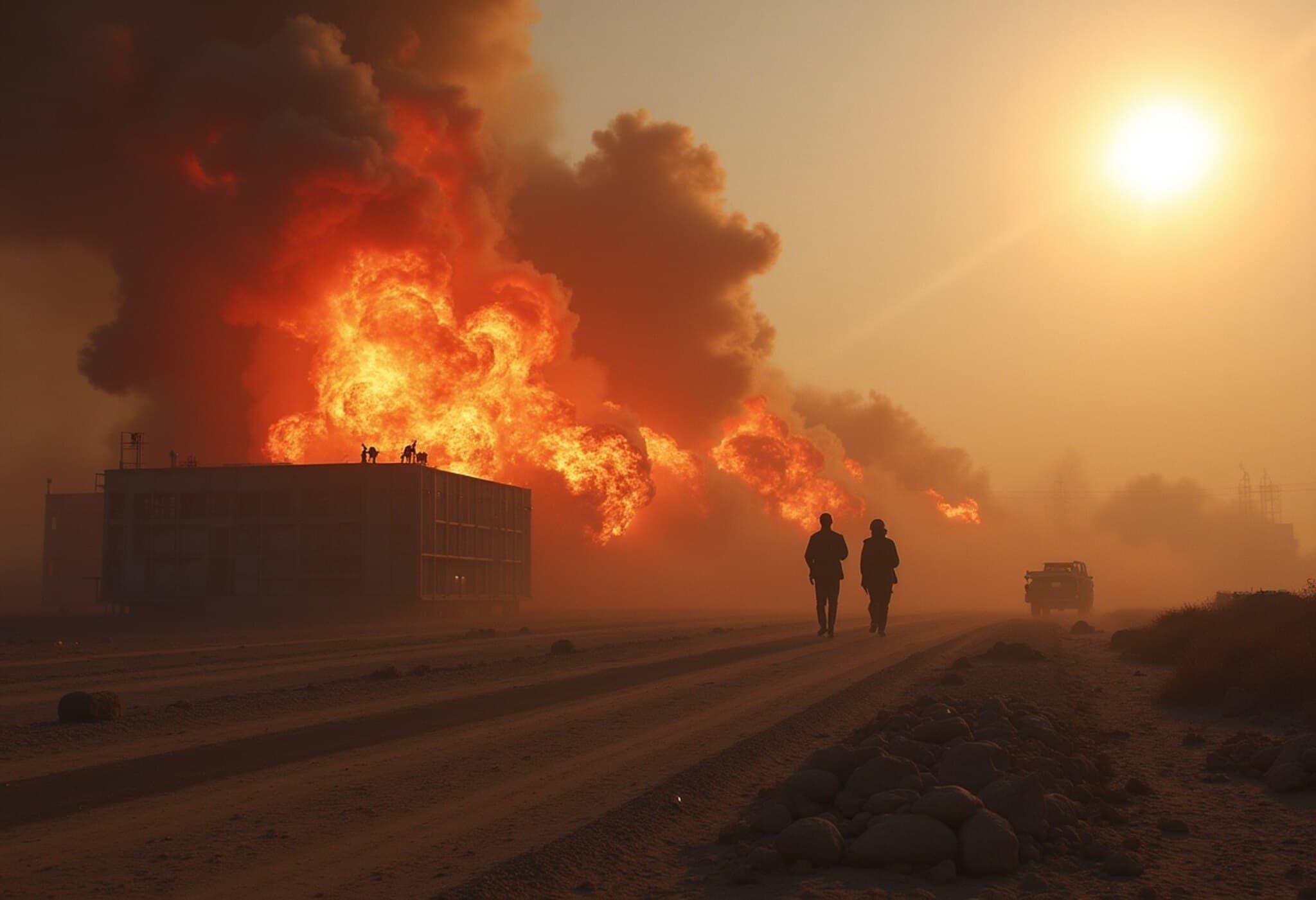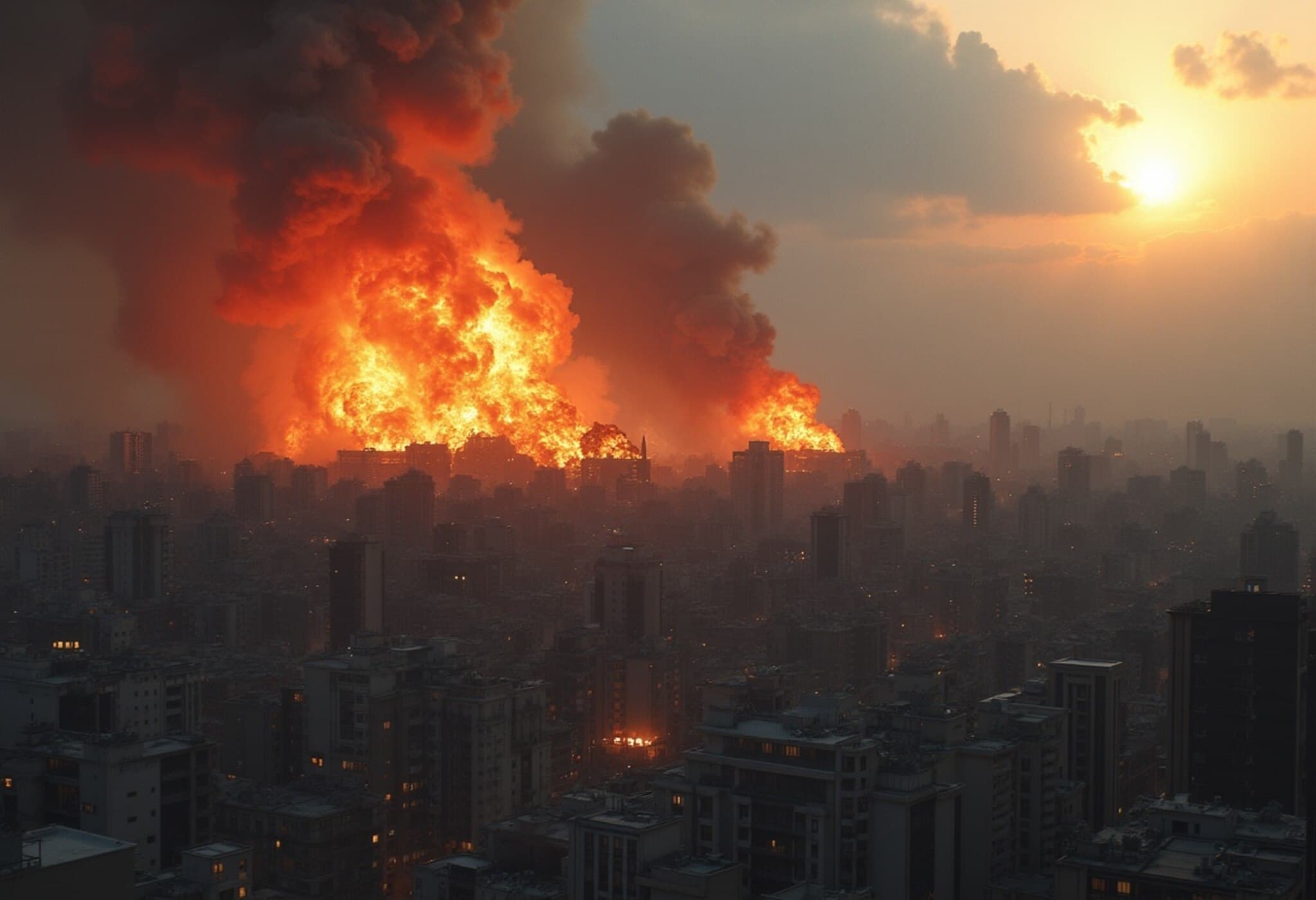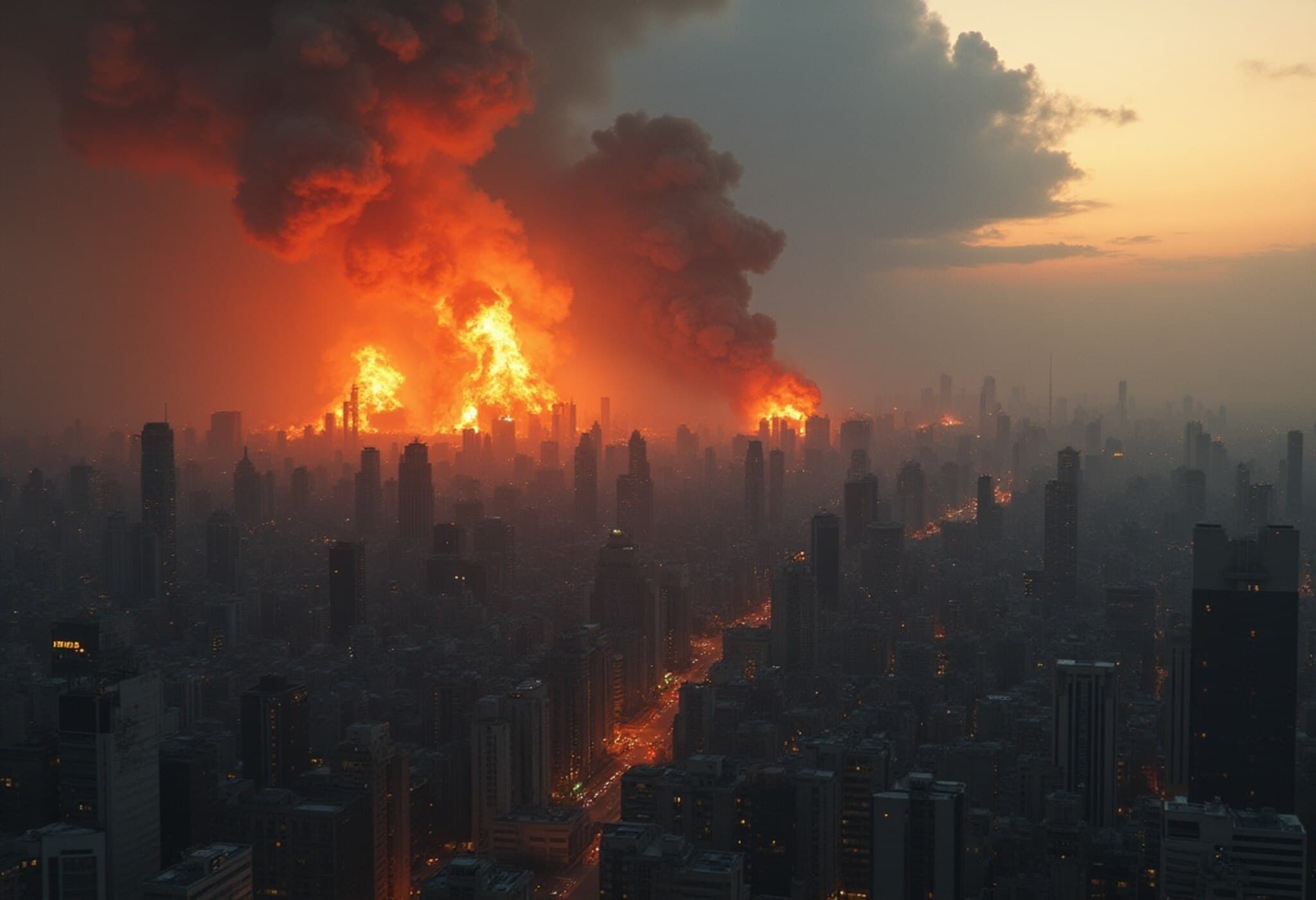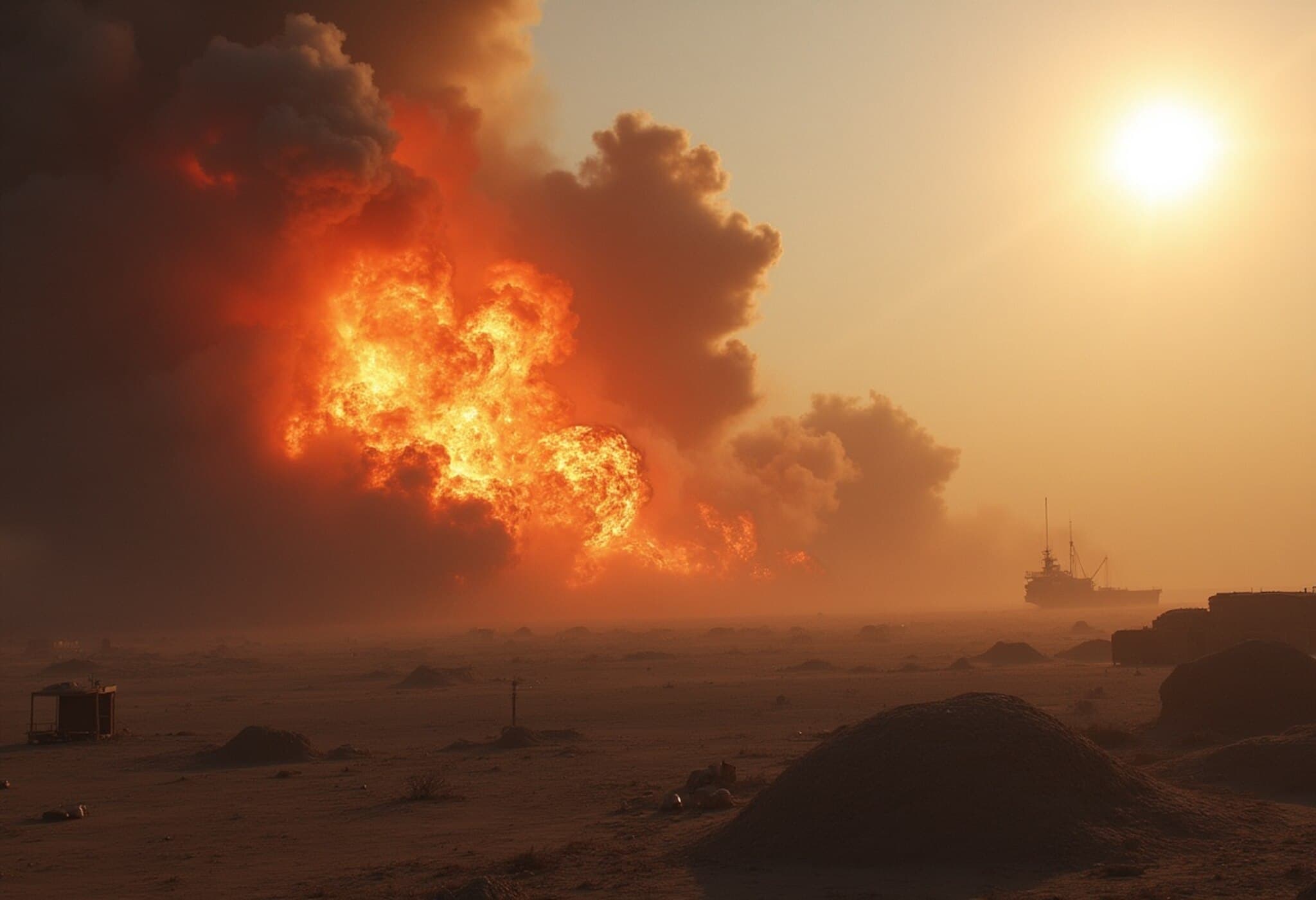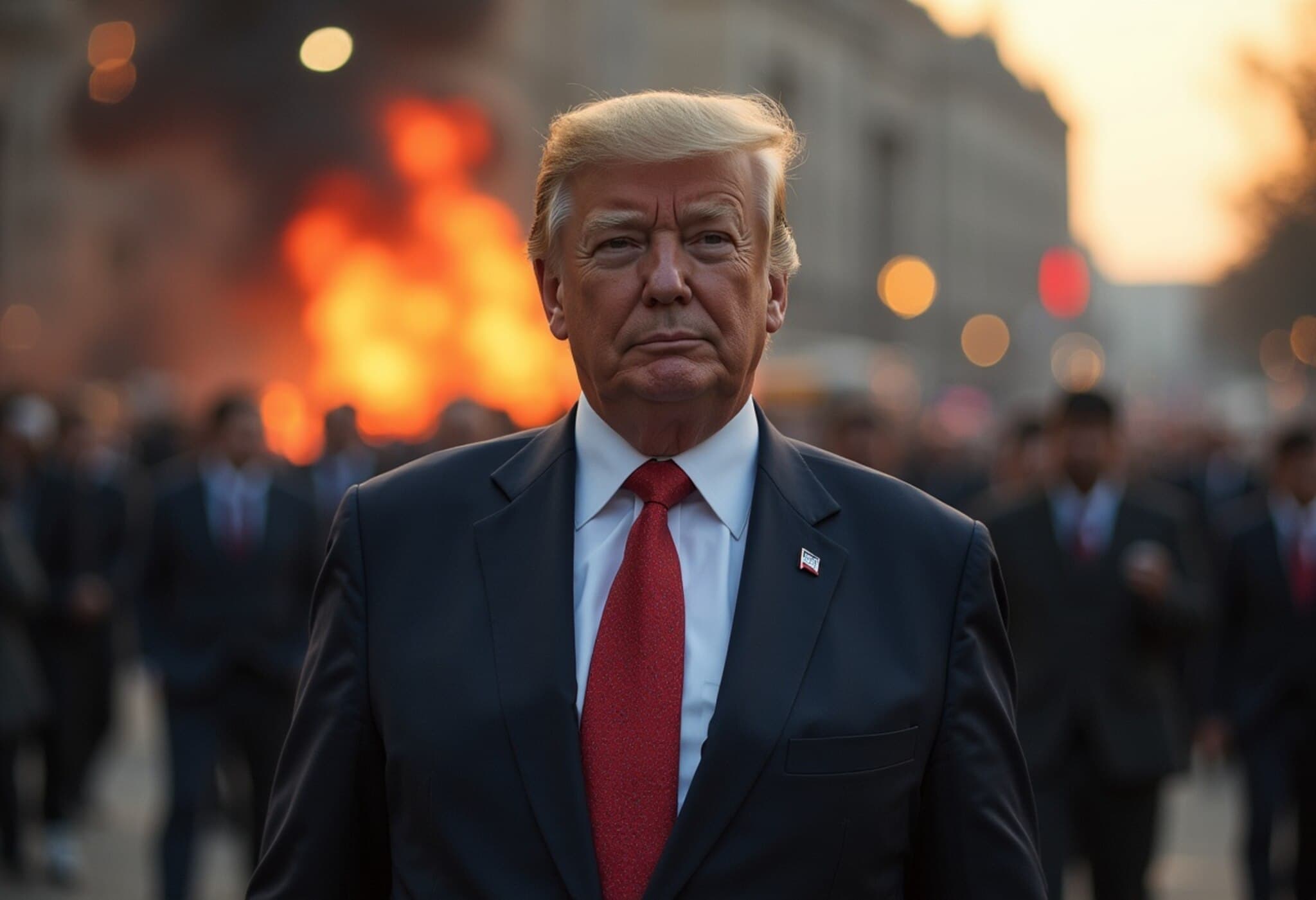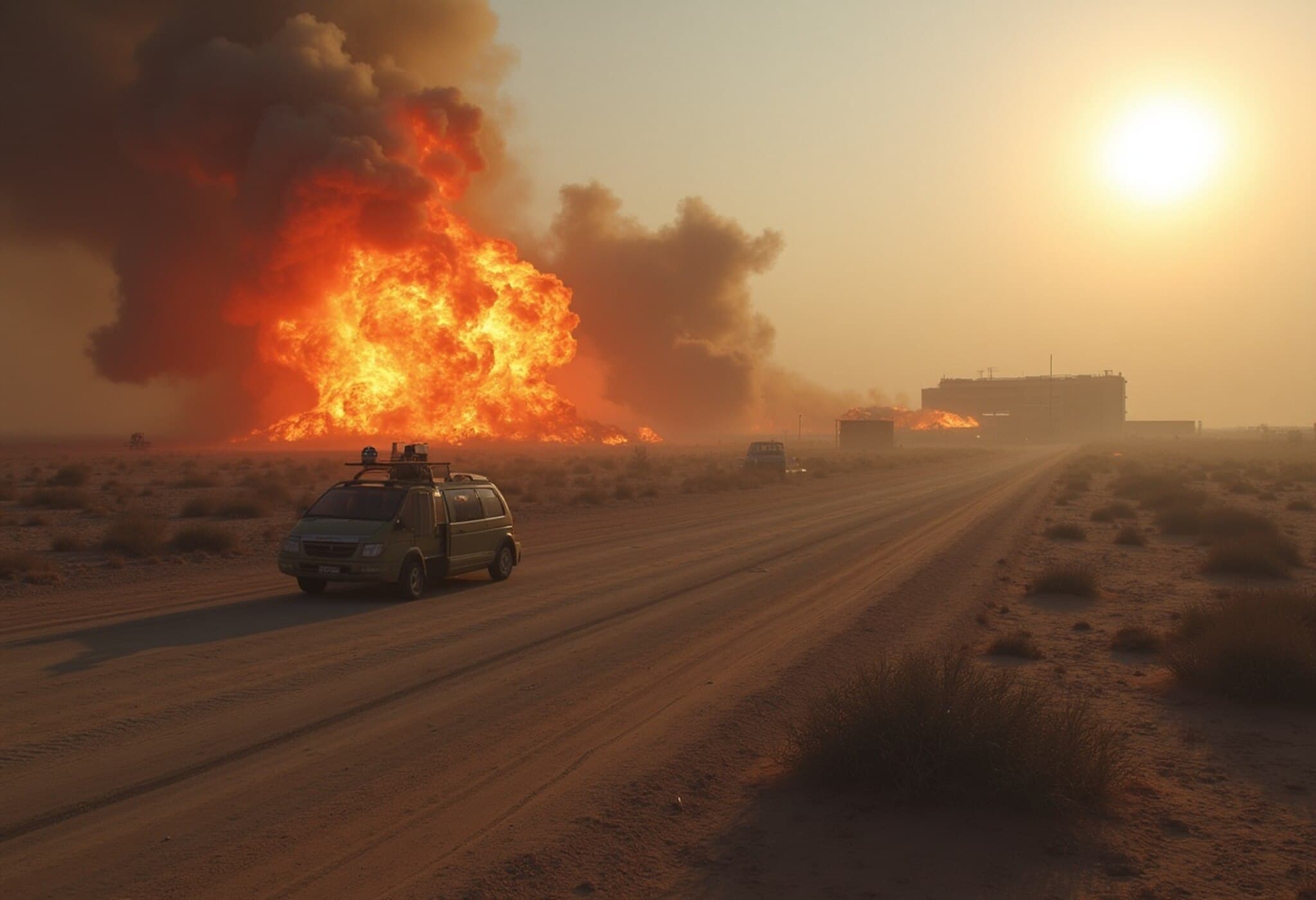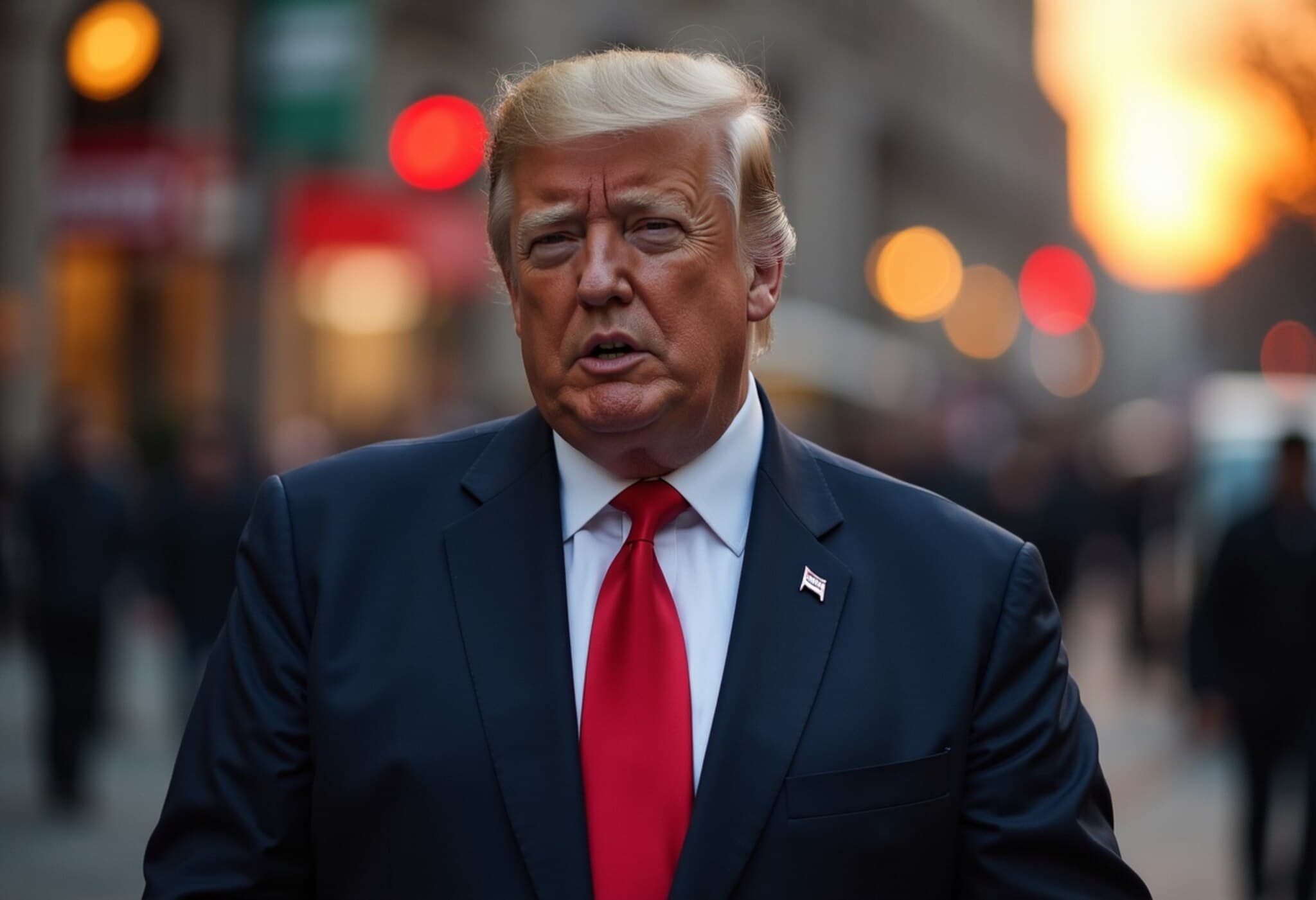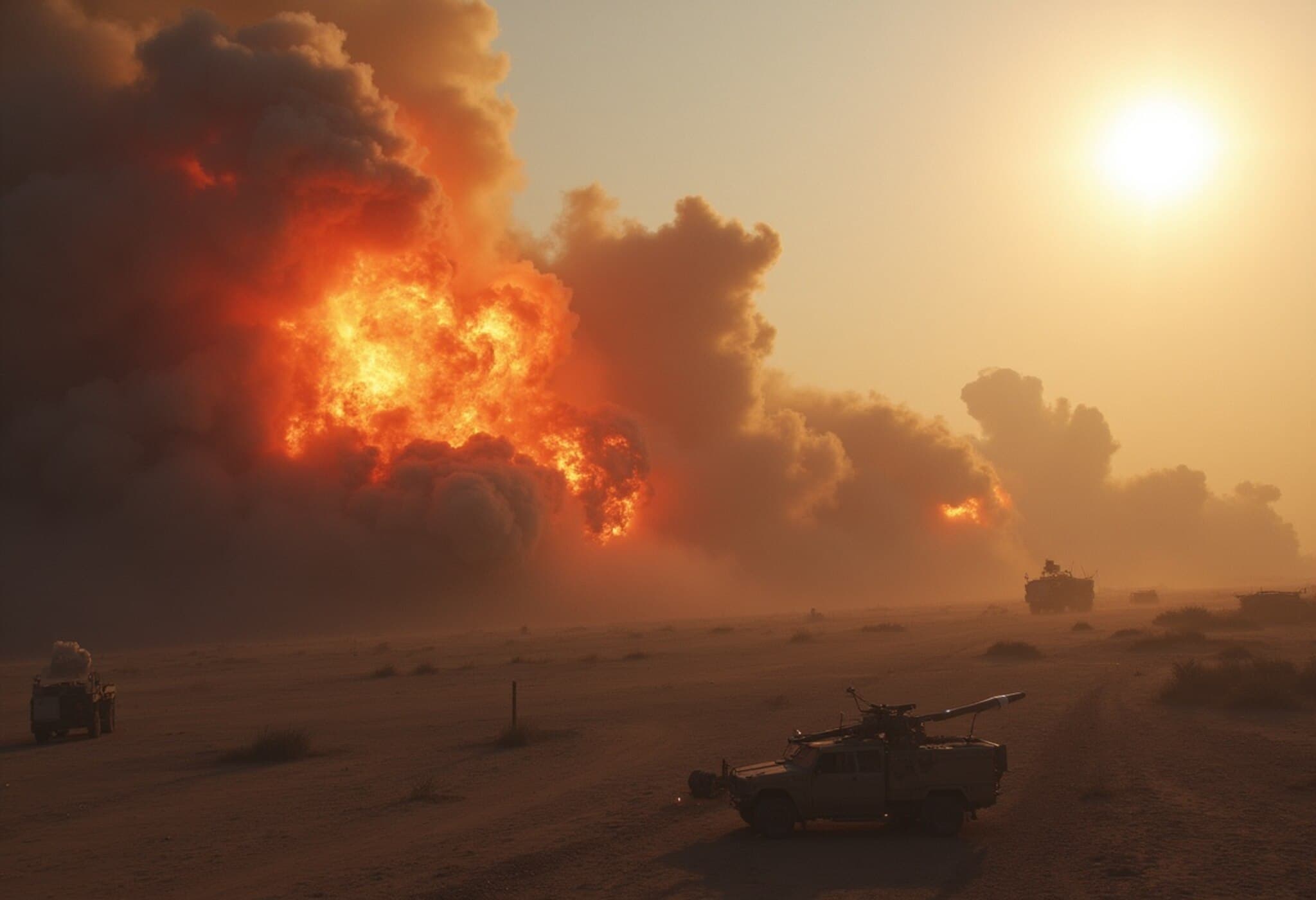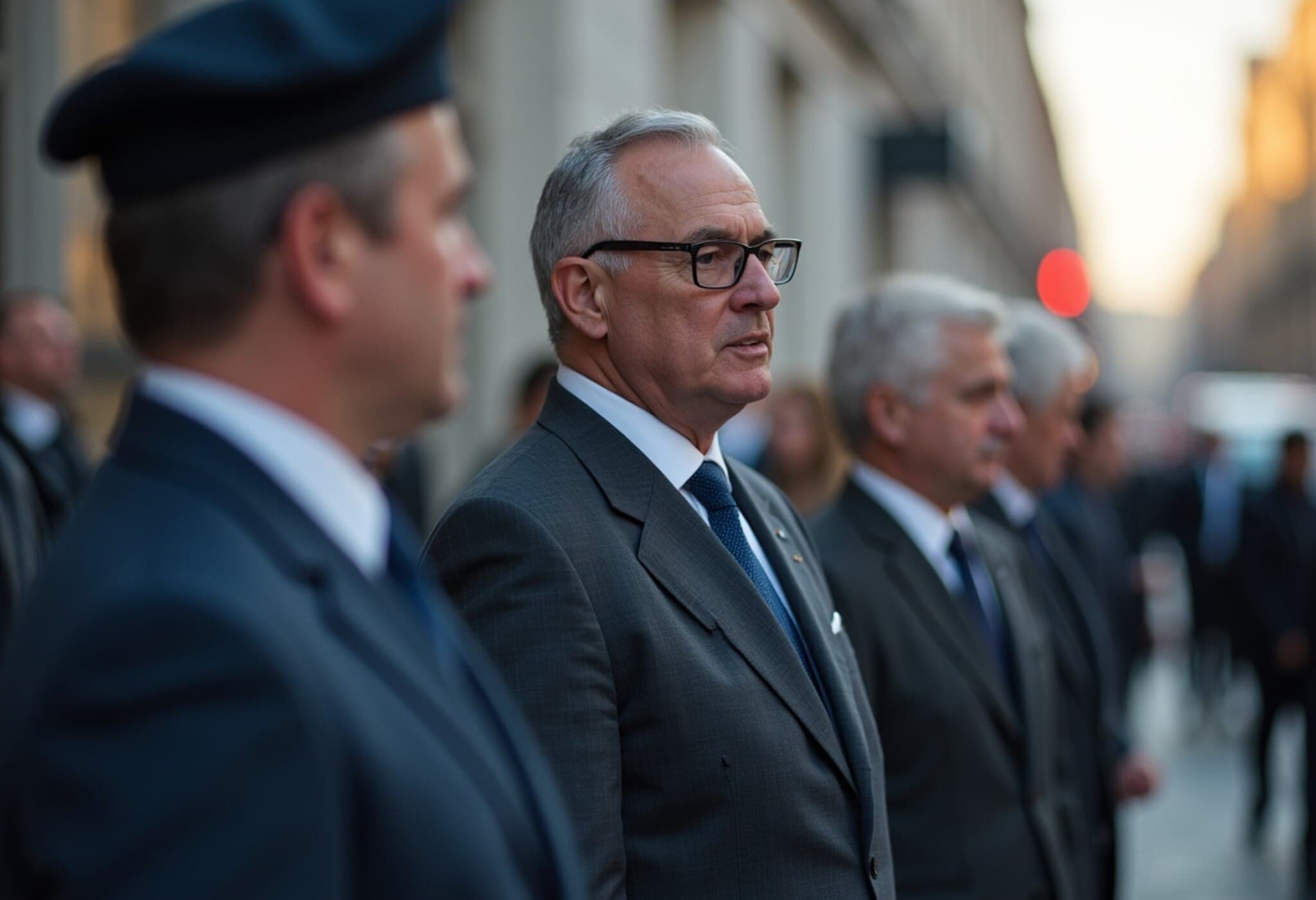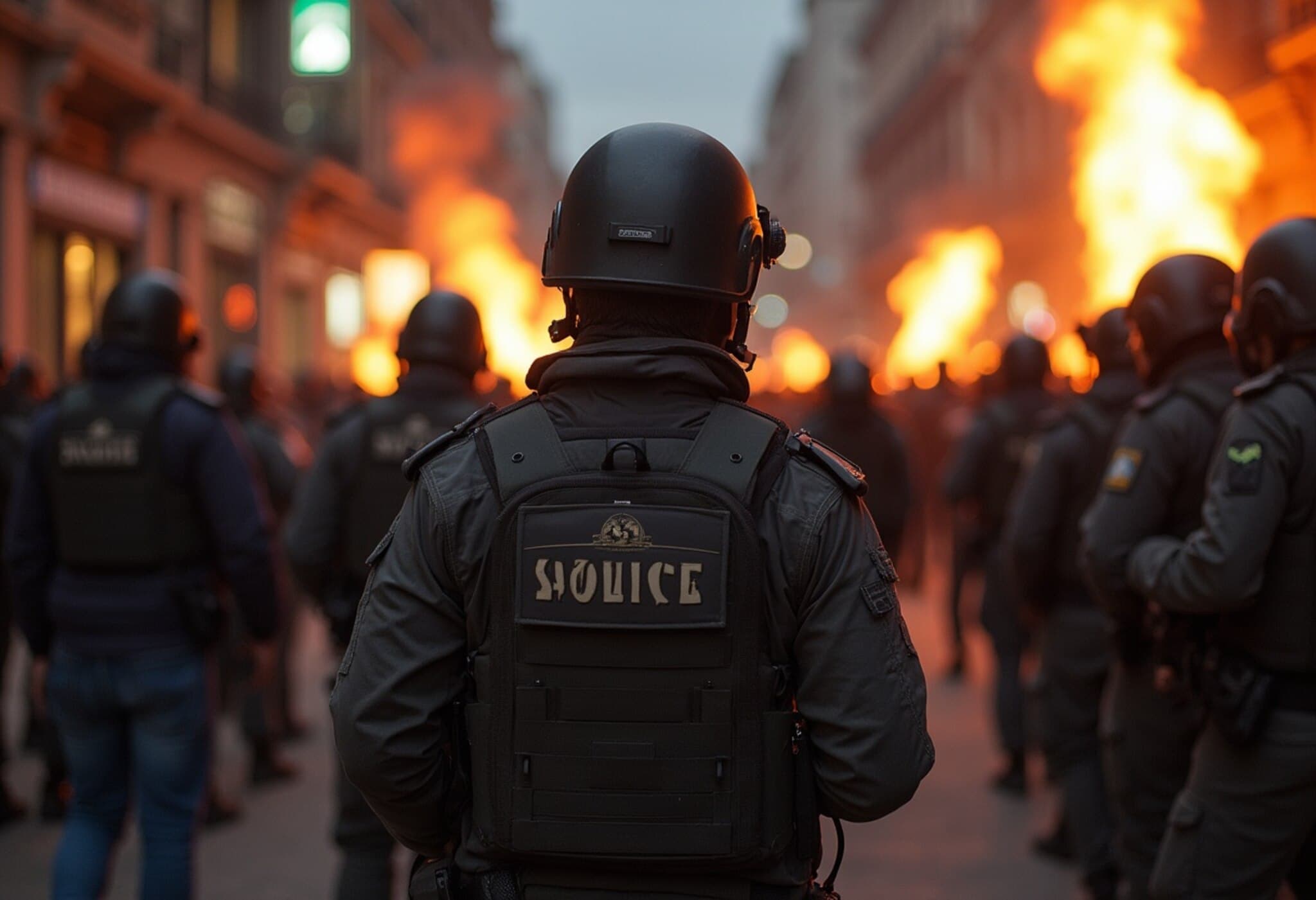US Airstrikes Inflict Severe Damage on Iran's Nuclear Facilities, CIA Confirms
Recent US airstrikes have reportedly dealt significant blows to Iran's nuclear program, contradicting earlier assessments that downplayed the damage. CIA Director John Ratcliffe revealed on Wednesday that credible intelligence confirms several key Iranian nuclear sites were destroyed and will require years to rebuild.
Credible Intelligence Contradicts Initial Reports
Ratcliffe emphasized that new information from historically reliable sources indicates the nuclear program has been seriously impaired by targeted US strikes. "Several critical nuclear facilities have been destroyed and will need extensive reconstruction," he stated, challenging previous publicly available reports based on dubious intelligence.
"The CIA continues to gather additional verified intelligence to keep decision-makers informed and, when appropriate, provide the public with transparent updates given the national significance of the issue," Ratcliffe added.
President Trump Stands Firm on Impact of Strikes
Speaking at the NATO summit in the Netherlands, President Donald Trump rejected earlier American intelligence assessments that suggested the strikes caused limited damage. He insisted the Pentagon's classified evaluations did not fully capture the extent of devastation.
"This was a devastating attack that took them completely off guard," Trump said, insisting that the targeted sites were "fully obliterated." Furthermore, he announced that Defense Secretary Pete Hegseth would present "irrefutable proof" of the operation's effectiveness in an upcoming press conference, aiming to support the military personnel involved and counter misinformation about the strikes' impact.
International Responses and Fallout
At the same summit, Trump noted that allies, including Israel, endorsed his version of the events. An Israeli statement claimed the attacks delayed Iran's nuclear progress by "many years." Meanwhile, Iran's foreign ministry conceded there was "significant damage," though it did not confirm whether the destruction was total.
US Secretary of State Marco Rubio echoed these sentiments, remarking that Iran was now "much further away from developing a nuclear weapon" thanks to the decisive US action.
Concerns Over Iran’s Enriched Uranium Stockpile
Despite the damage, uncertainty remains over the fate of approximately 400 kilograms of enriched uranium — a quantity sufficient for a nuclear weapon if further processed. Reports suggest Iran may have relocated this material before the strikes, but US officials maintain there is no concrete proof.
President Trump expressed confidence that Iran did not manage to move the uranium, noting the difficulty and risk involved in such an operation. White House Press Secretary Karoline Leavitt further stated that if the uranium remains, it is now “buried under miles and miles of rubble” due to the effectiveness of the strikes.
Rafael Grossi, Director General of the International Atomic Energy Agency (IAEA), confirmed that the agency lost monitoring access to Iran’s nuclear facilities amid the hostilities.
Details of the Military Operation
The US military utilized 14 GBU-57 bunker-buster bombs, each weighing over 13,600 kilograms, in a strike against three key nuclear facilities, including the heavily fortified Fordow enrichment site, located deep inside a mountain and known for its advanced centrifuge technology.
A joint statement from the White House and Israeli Prime Minister’s office described the bombing as having "rendered the enrichment facility inoperable." The Israel Atomic Energy Commission remarked that the combined US-Israeli effort had "set back Iran's ability to develop nuclear weapons by many years."
Iranian Foreign Ministry spokesperson Esmail Baghaei confirmed that the country’s nuclear installations sustained "badly damaged" but stopped short of acknowledging complete destruction.
Looking Ahead
The evolving situation highlights the complex geopolitical tensions surrounding Iran's nuclear ambitions and the lengths to which the US and its allies will go to curb them. Ongoing intelligence gathering and international monitoring will likely shape future diplomatic and military developments in this high-stakes arena.

